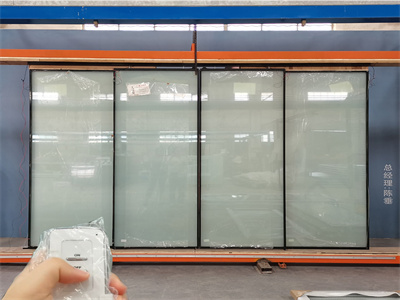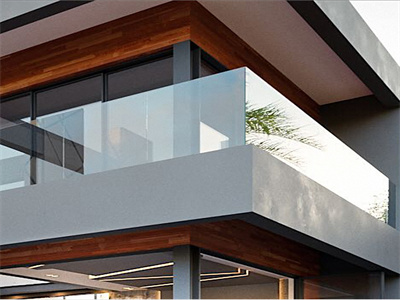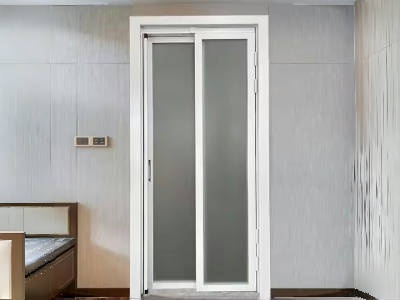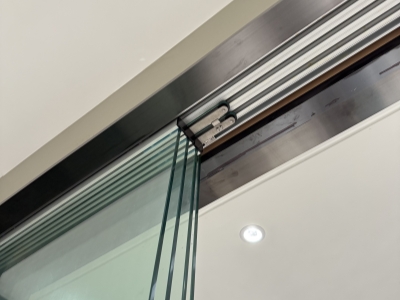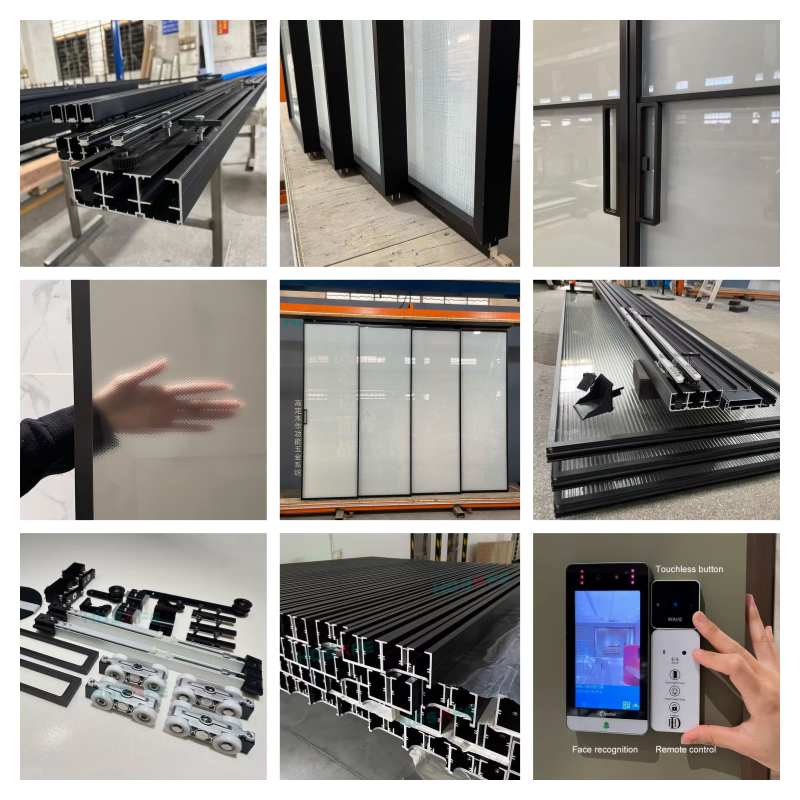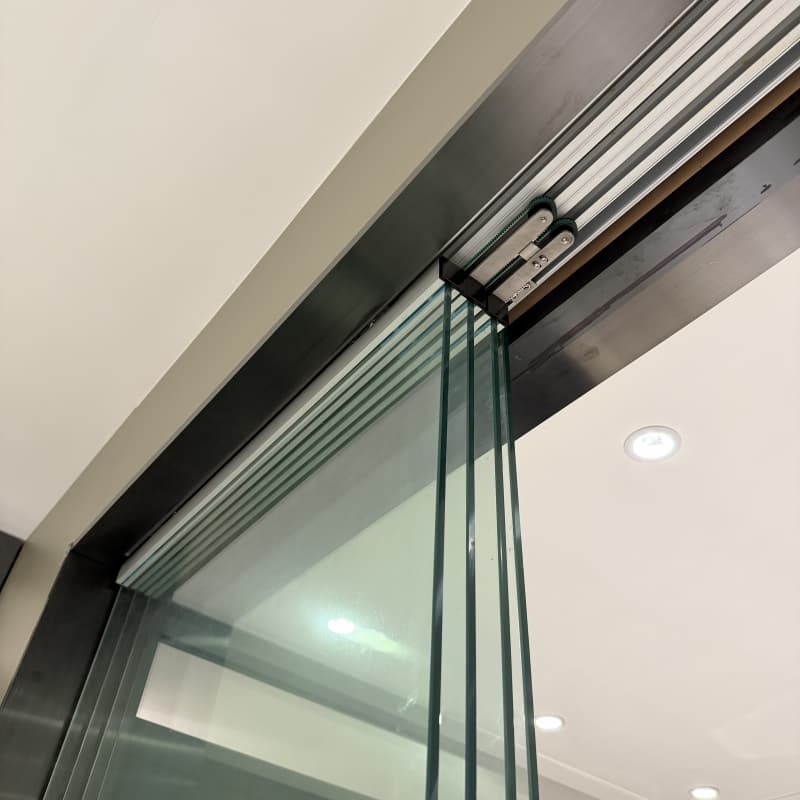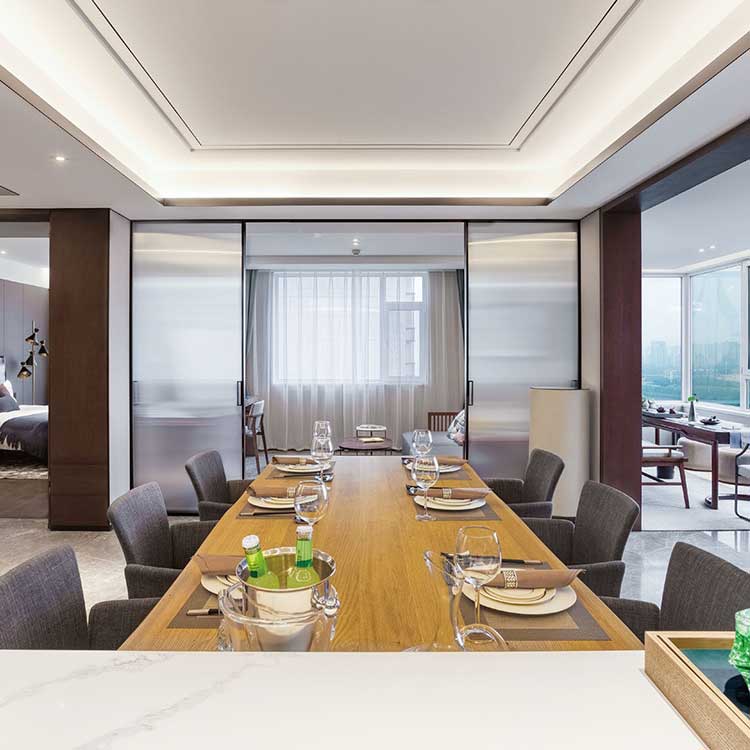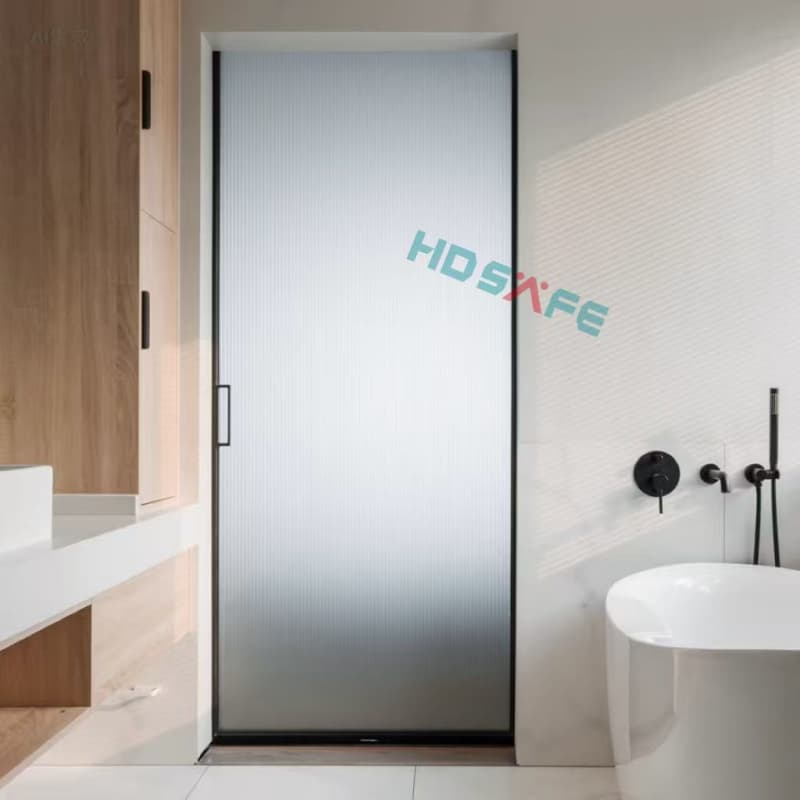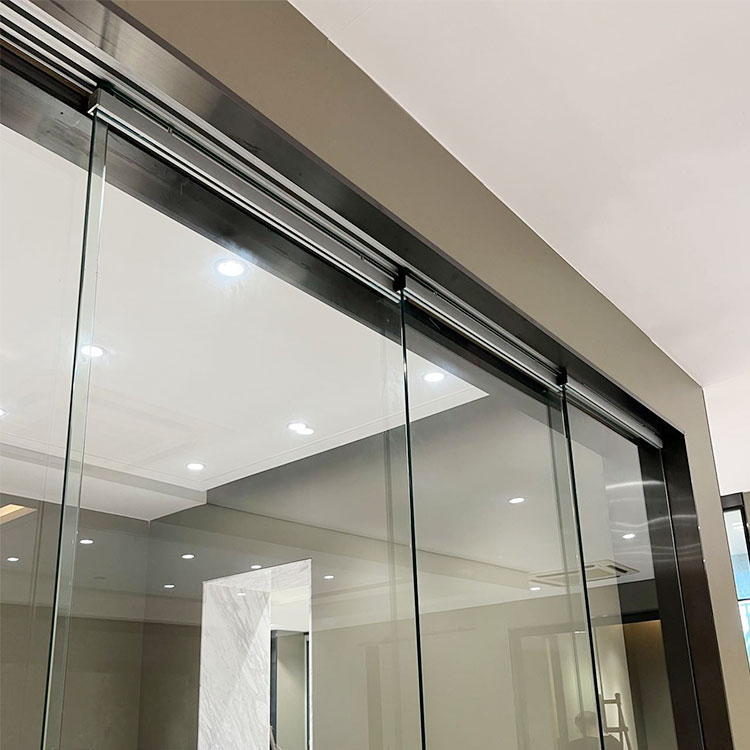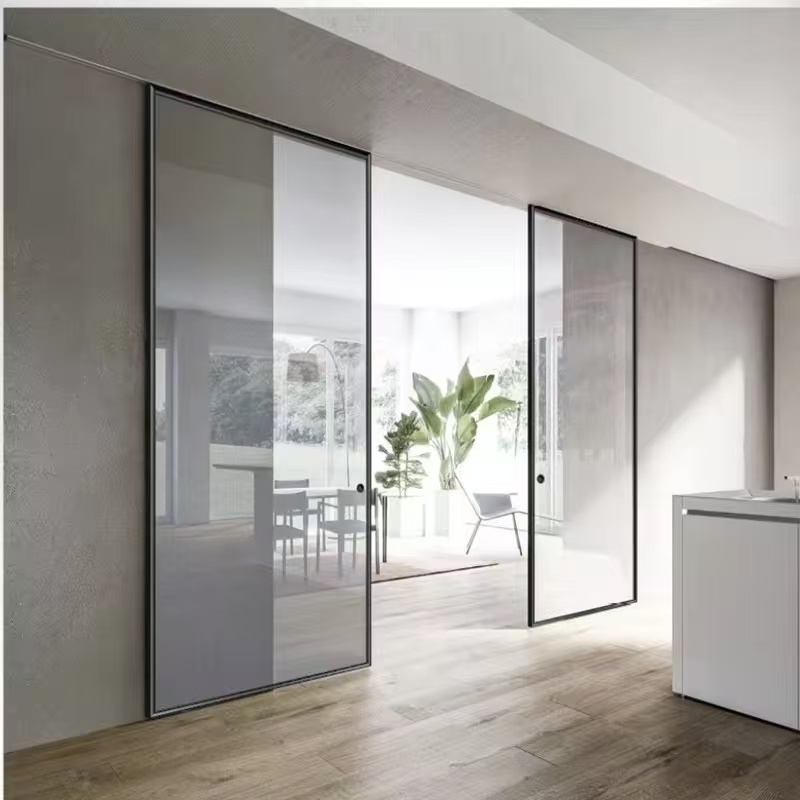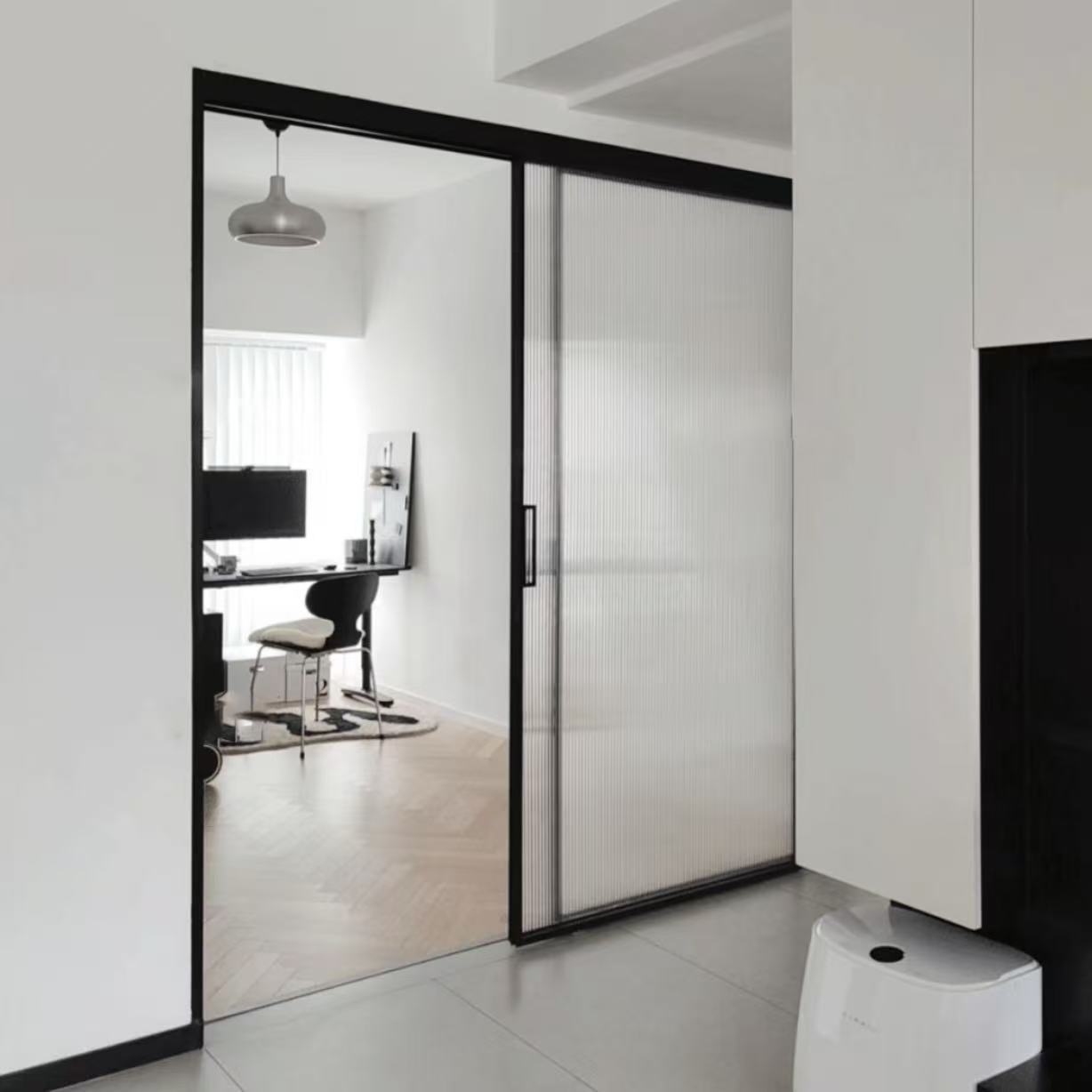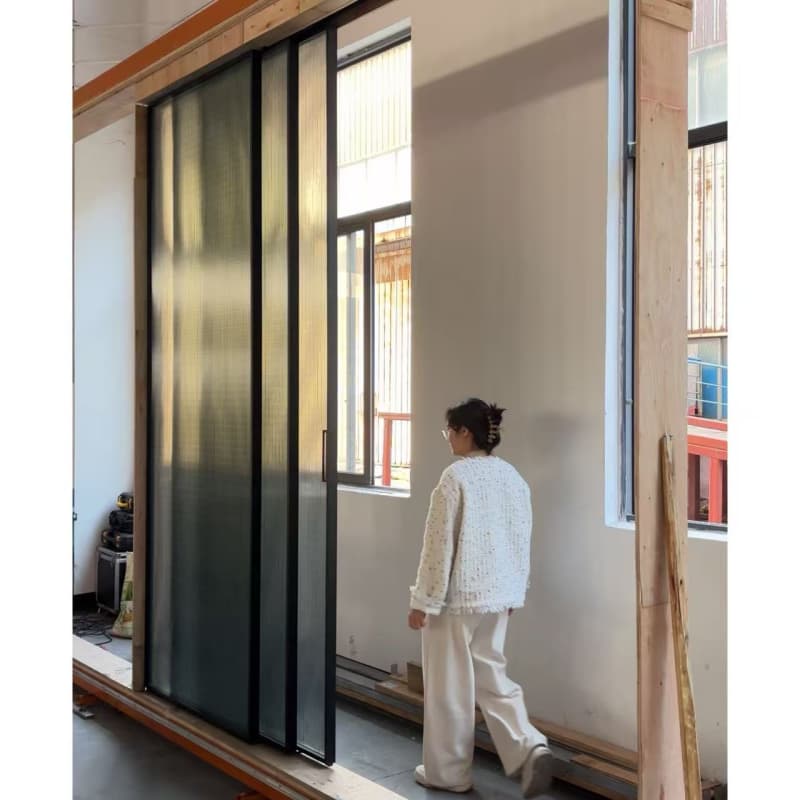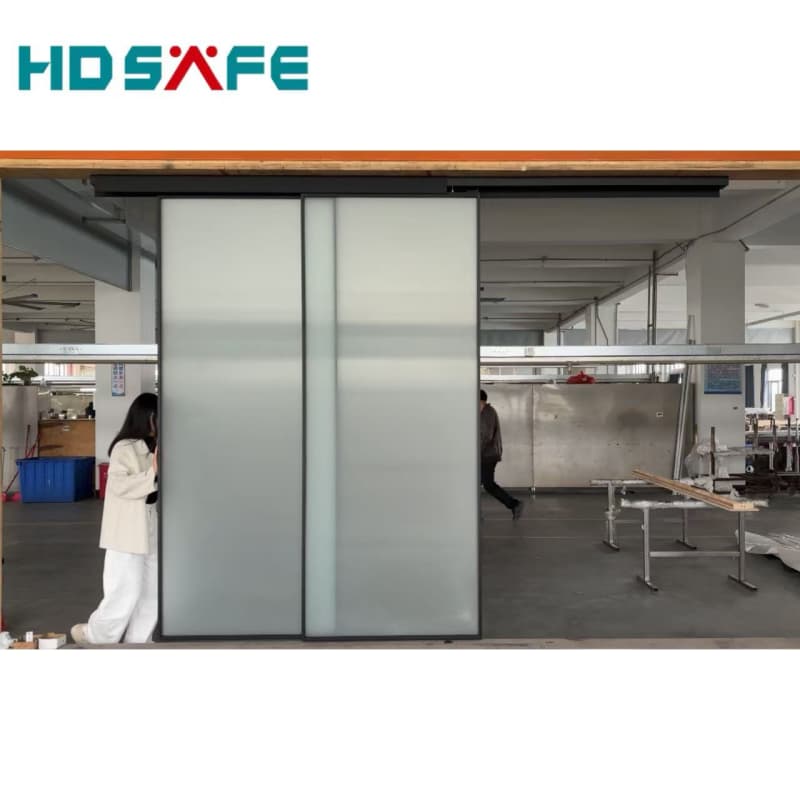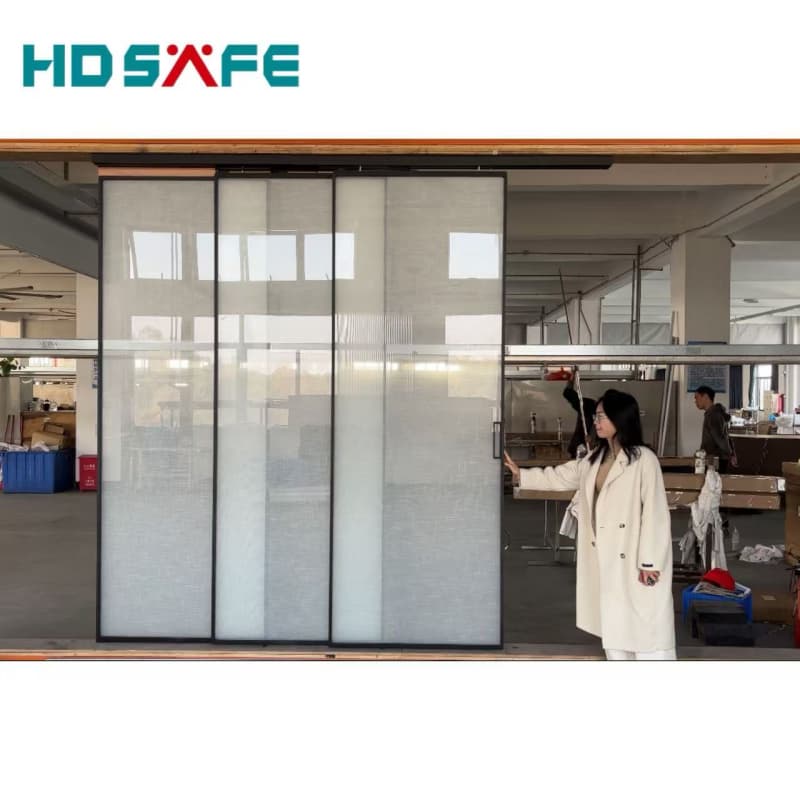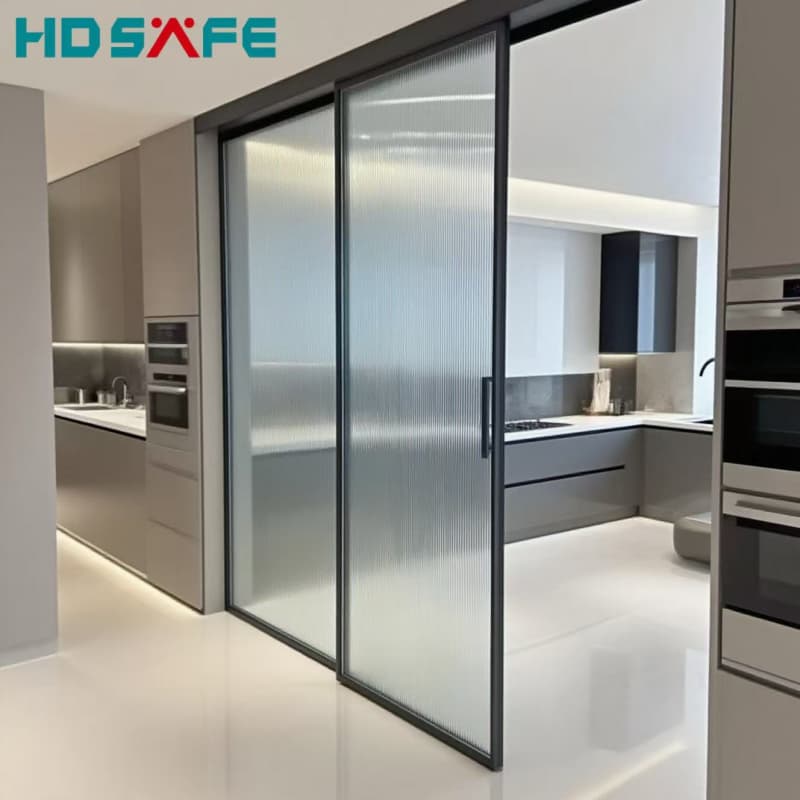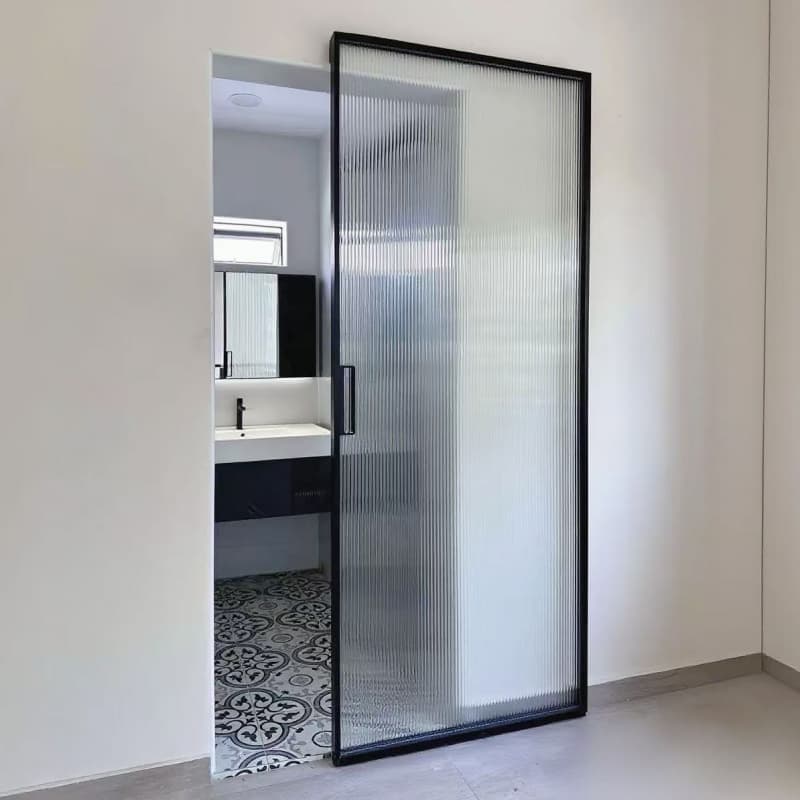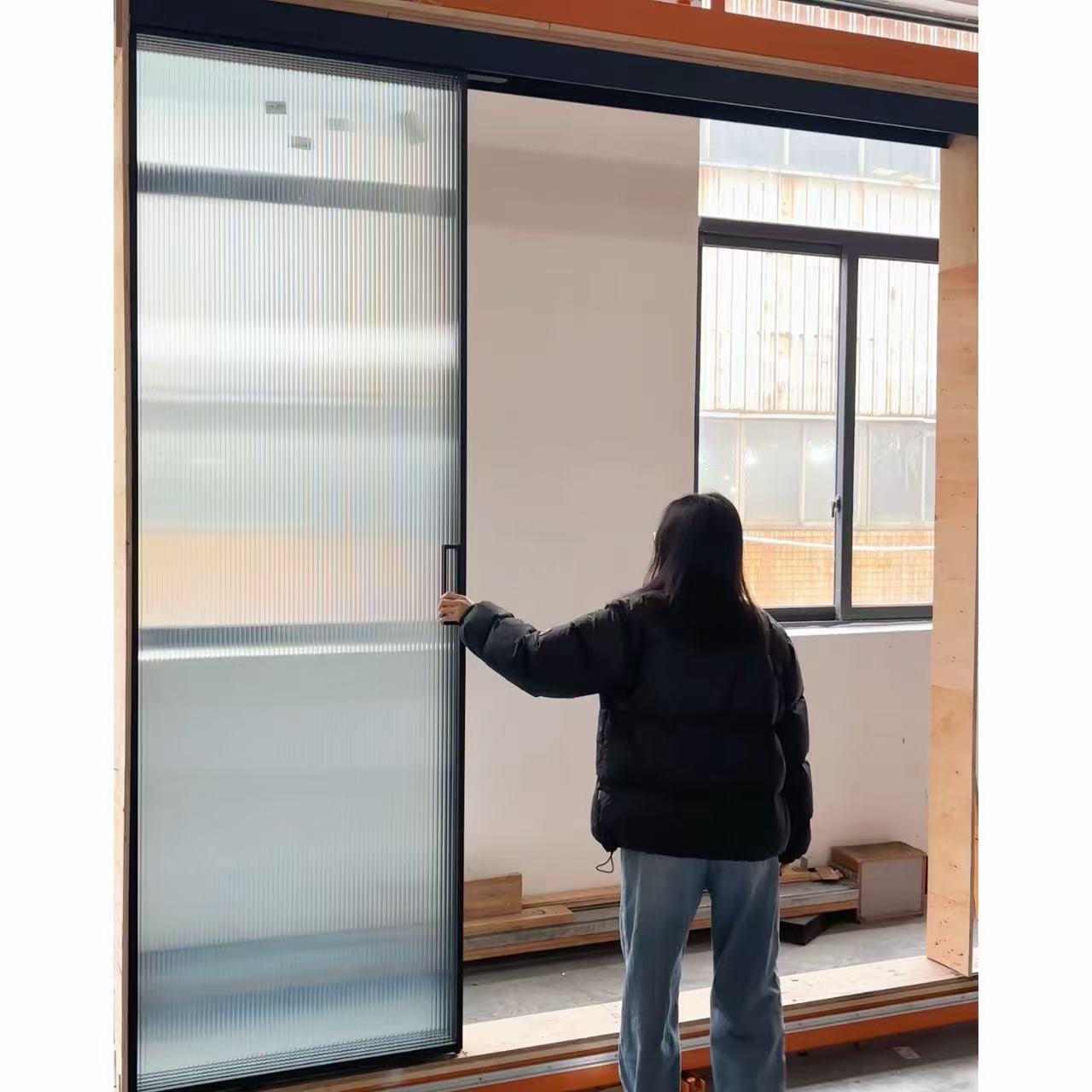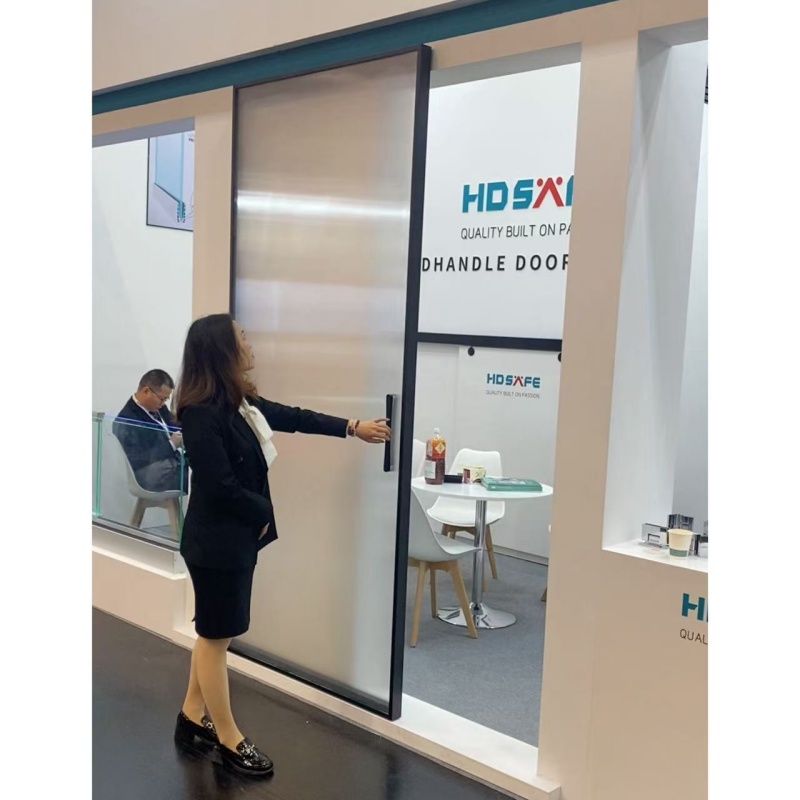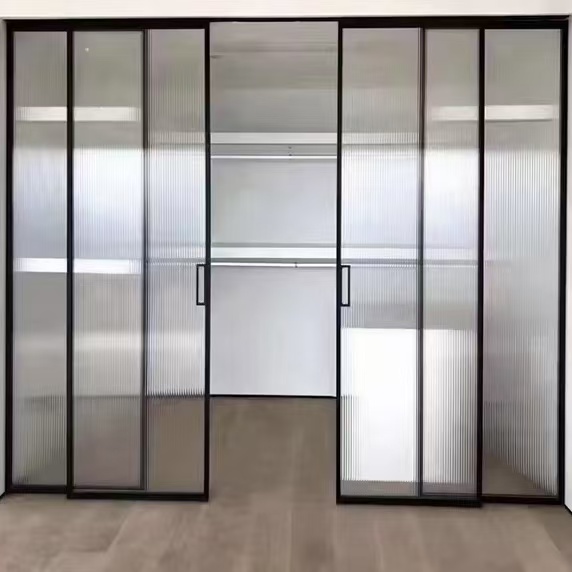The Elegance and Functionality of Frameless Glass Sliding Doors: A Comprehensive Guide
In the world of modern architecture and interior design, the frameless glass sliding door has emerged as a symbol of sophistication and practicality. These doors are not just functional; they are aesthetic marvels that can transform any space, blending it seamlessly with the outdoors or creating a sense of openness within. In this article, we will delve into the intricacies of frameless glass sliding doors, exploring their design, benefits, installation process, maintenance, and much more. Whether you are considering incorporating them into your home or commercial space, this guide will provide you with all the information you need.
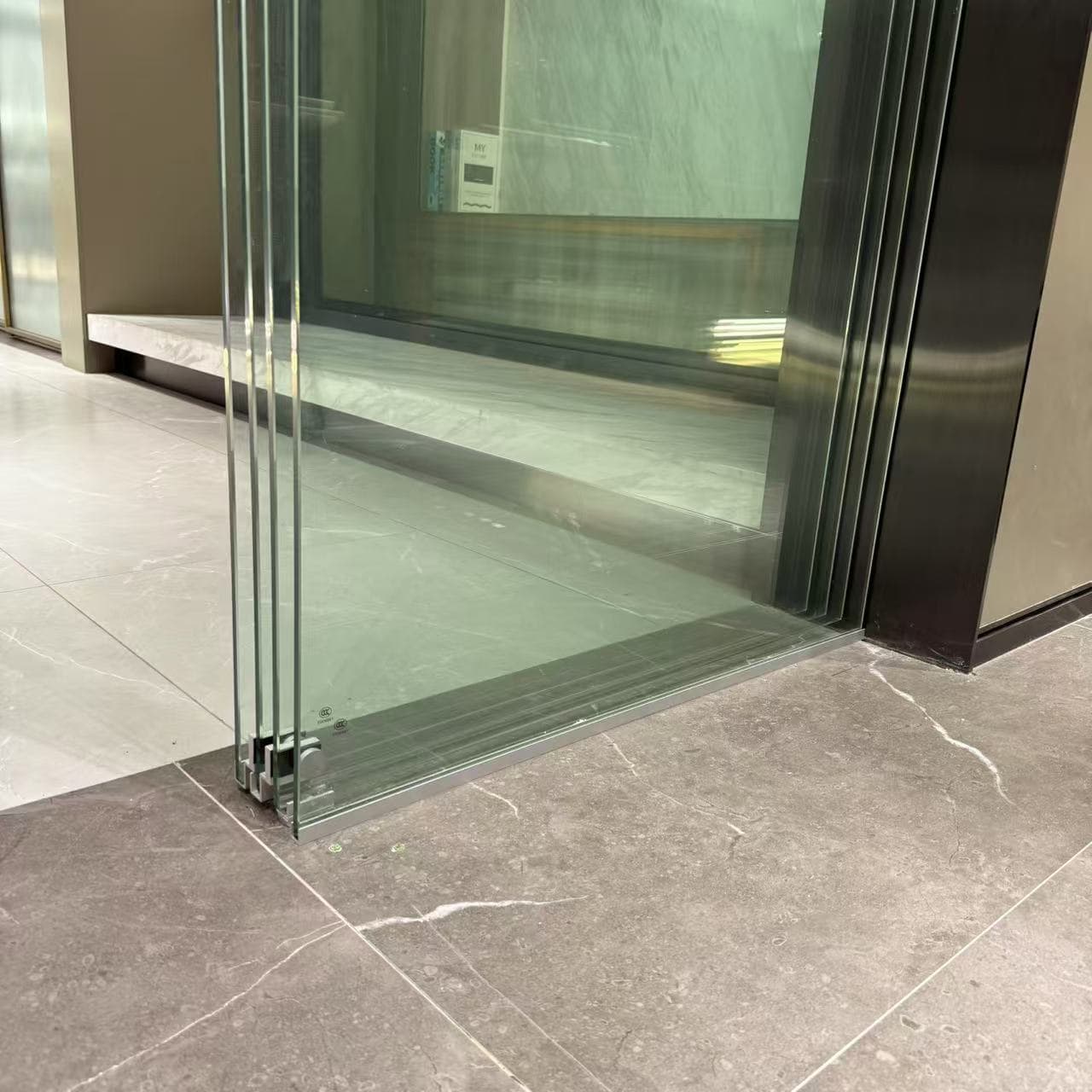
Introduction to Frameless Glass Sliding Doors
Frameless glass sliding doors are a type of door that consists primarily of glass panels and minimal metal or PVC framing. Unlike traditional hinged doors, these sliding doors move horizontally along a track, allowing for a more space-efficient solution. The absence of bulky frames around the glass panels not only enhances the aesthetic appeal but also maximizes the view and natural light infiltration.
The concept of frameless glass sliding doors has its roots in modernist architecture, where the focus was on clean lines, minimalism, and the use of natural materials. Over the years, these doors have evolved to become a staple in contemporary design, finding applications in residential, commercial, and even industrial settings.
Design and Aesthetic Appeal
One of the most striking features of frameless glass sliding doors is their sleek and modern design. The minimalist aesthetic is achieved through the use of slim-profile aluminum frames or PVC frames, which are often powder-coated to resist corrosion and fading. The glass panels, typically made of tempered or laminated glass, are crystal clear, providing an unobstructed view of the surrounding environment.
The transparency of frameless glass sliding doors can create a sense of spaciousness, making them ideal for smaller spaces that need a visual boost. They also allow natural light to flood the interior, reducing the need for artificial lighting and creating a brighter, more welcoming atmosphere. In outdoor settings, these doors can seamlessly integrate indoor and outdoor spaces, blurring the boundaries between the two.
Another design advantage of frameless glass sliding doors is their versatility. They can be customized in various shapes, sizes, and configurations to suit the specific needs of a space. Whether it's a single panel door, a bi-fold door, or a multi-panel sliding door, the possibilities are endless. Additionally, the glass panels can be tinted, frosted, or even patterned to add a unique touch and enhance privacy if needed.
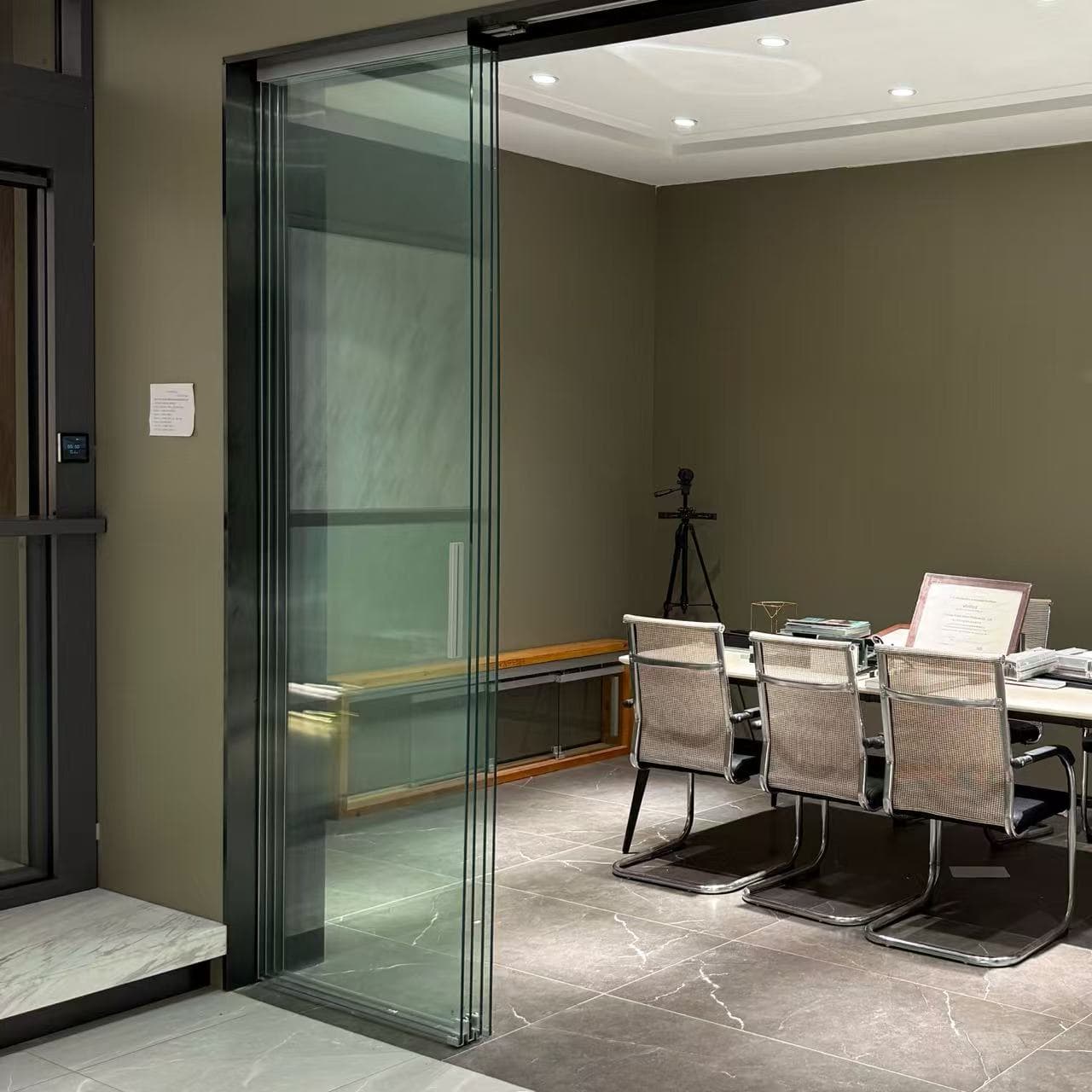
Functional Benefits
Beyond their aesthetic appeal, frameless glass sliding doors offer numerous functional benefits that make them a popular choice for both residential and commercial applications. One of the primary advantages is their space-saving design. Unlike traditional hinged doors that require a large swing arc, sliding doors move horizontally, making them ideal for small apartments, bathrooms, closets, and other compact spaces.
Another significant benefit is their energy efficiency. Frameless glass sliding doors can be equipped with double or triple glazing, which provides excellent thermal insulation. This helps to maintain a consistent indoor temperature, reducing heating and cooling costs. Additionally, the use of low-emissivity (Low-E) glass can further enhance energy efficiency by reflecting heat back into the room during the winter and keeping it out during the summer.
Frameless glass sliding doors also offer excellent sound insulation properties, making them an excellent choice for homes located in noisy urban areas or for creating private spaces within open-plan layouts. The combination of high-quality glass and tight-sealing mechanisms ensures that external noise is kept to a minimum, allowing for a peaceful and quiet indoor environment.
In commercial settings, frameless glass sliding doors are often used to create open and inviting spaces. They can be used to separate different areas within a building, such as a reception area and a waiting room, while still maintaining a sense of openness and transparency. This can enhance the overall aesthetic of the space and create a more welcoming atmosphere for visitors.
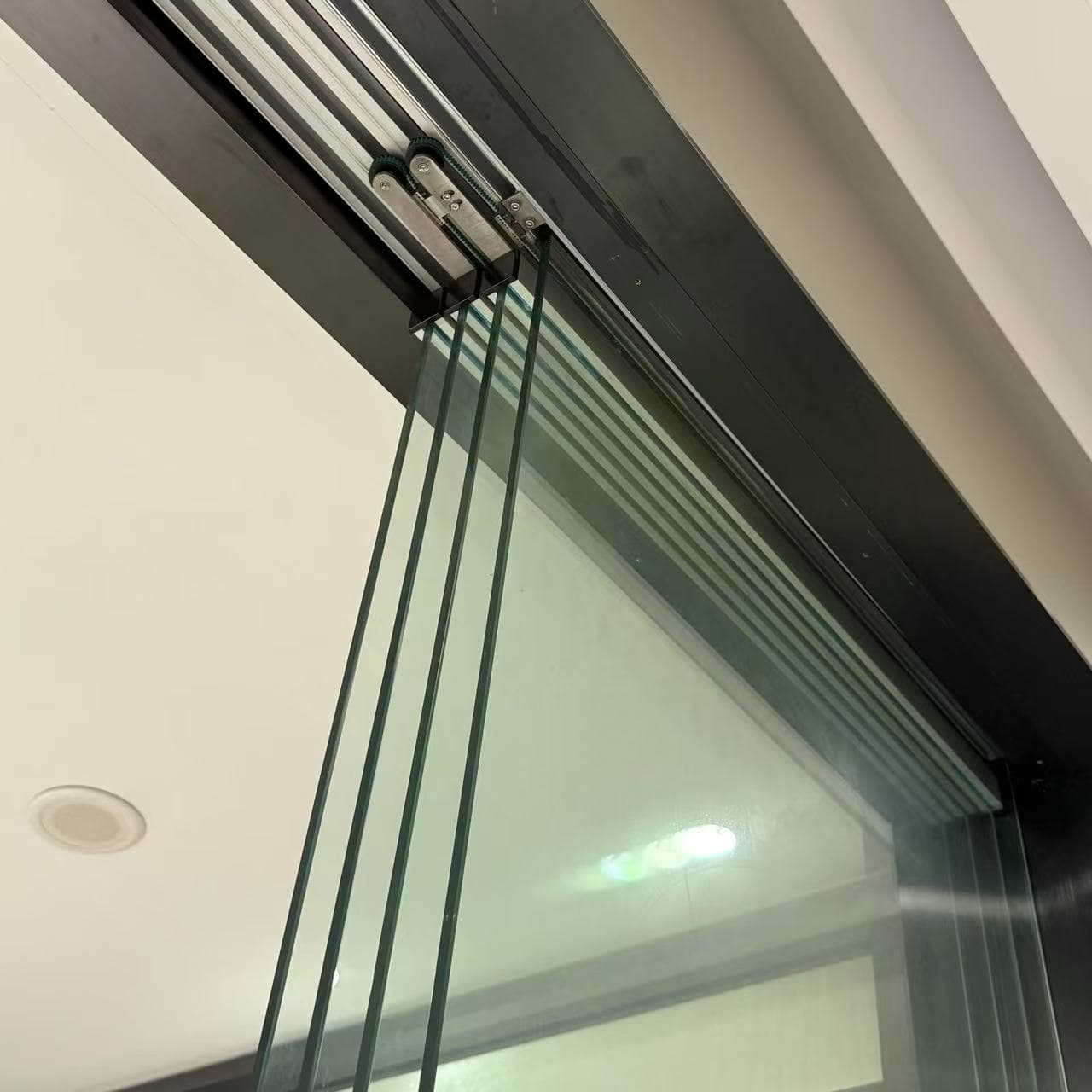
Installation Process
Installing frameless glass sliding doors is a meticulous process that requires precision and expertise. The first step is to measure the opening where the door will be installed accurately. This ensures that the door fits perfectly and functions smoothly. It is essential to account for any irregularities in the wall or floor, as these can affect the installation process.
Once the measurements are taken, the next step is to prepare the opening. This may involve removing any existing doors or frames, leveling the floor, and ensuring that the walls are plumb. The track for the sliding door is then installed along the top and bottom of the opening. The track must be level and securely fastened to ensure smooth operation of the door.
The glass panels are carefully cut to size and installed into the frame or onto the track. It is crucial to ensure that the glass is properly aligned and seated in the track to prevent any issues with sliding. If the door has multiple panels, each panel must be installed and adjusted to ensure seamless movement. Safety features, such as soft-close mechanisms and anti-pinch sensors, are often installed to enhance the door's functionality and safety.
Finally, the door is tested to ensure that it opens and closes smoothly and that all components are functioning correctly. Any necessary adjustments are made, and the door is cleaned and inspected before being handed over to the homeowner or business. Proper installation is critical to the performance and longevity of frameless glass sliding doors, so it is essential to hire experienced professionals for the job.
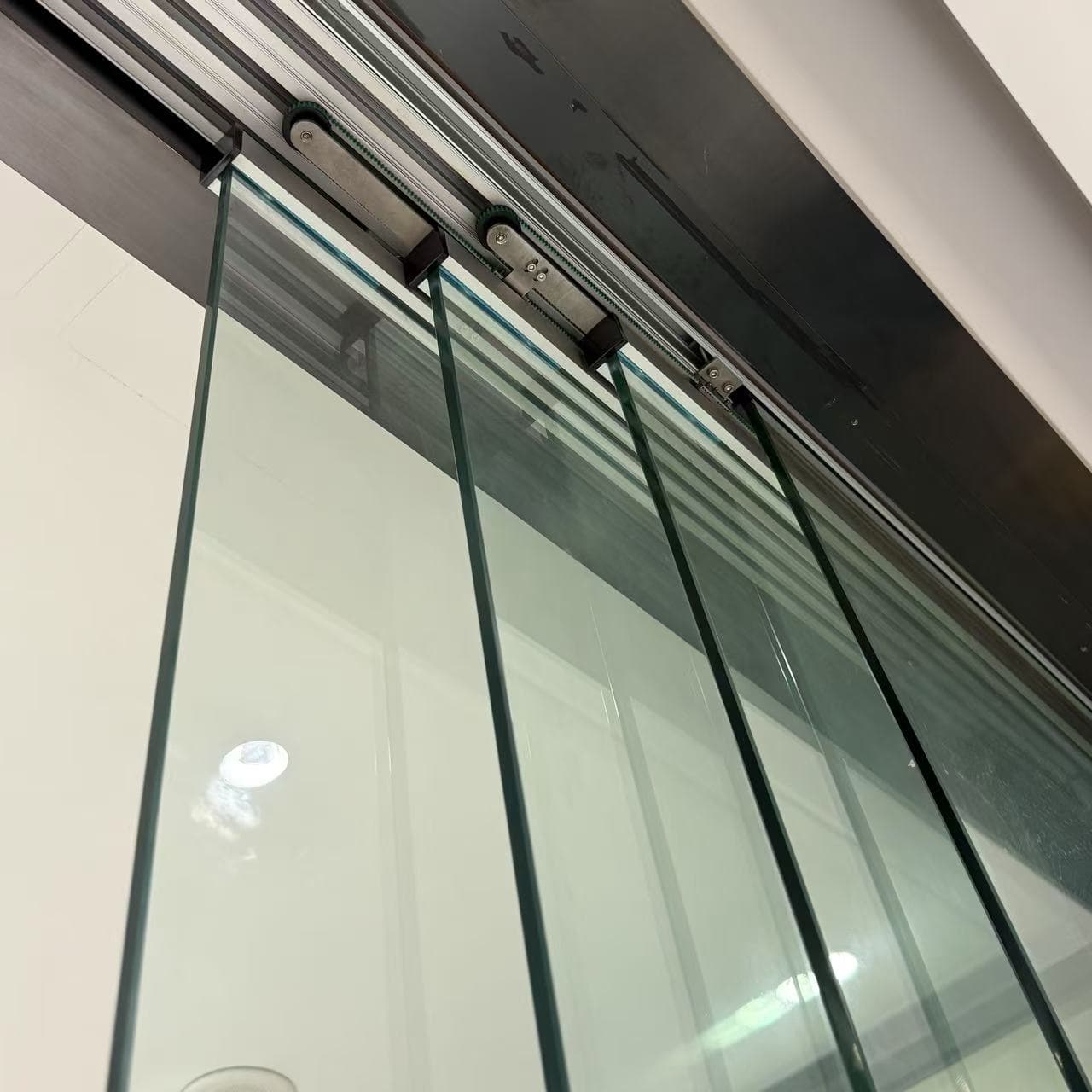
Maintenance and Care
Maintaining frameless glass sliding doors is relatively straightforward, but it does require regular attention to ensure they continue to function properly and maintain their aesthetic appeal. The key to maintaining these doors lies in keeping the glass clean, the tracks free of debris, and the hardware in good working order.
Cleaning the glass is a simple task that can be done with a mixture of water and mild dish soap. A non-abrasive sponge or cloth should be used to avoid scratching the surface of the glass. It is also important to clean the tracks regularly to prevent the buildup of dirt and debris, which can interfere with the smooth operation of the door. A vacuum cleaner or a soft brush can be used to remove any loose dirt, followed by a cloth dampened with water or a mild cleaning solution.
Inspecting the hardware, such as the rollers, hinges, and locking mechanisms, is another essential aspect of maintenance. These components should be checked periodically for signs of wear and tear, and any damaged or worn parts should be replaced promptly. Lubricating the rollers and hinges with a silicone-based lubricant can help to ensure smooth operation and prevent squeaking or sticking.
In addition to regular cleaning and inspections, it is important to check the weatherstripping around the door to ensure it is intact and providing an effective seal. This helps to maintain energy efficiency and prevent drafts. If the weatherstripping is damaged or worn, it should be replaced to ensure the door's performance.
Finally, it is essential to follow the manufacturer's guidelines for the care and maintenance of frameless glass sliding doors. This may include specific recommendations for cleaning products, lubricants, and inspection intervals. Adhering to these guidelines can help to extend the life of the door and ensure it continues to function as intended.
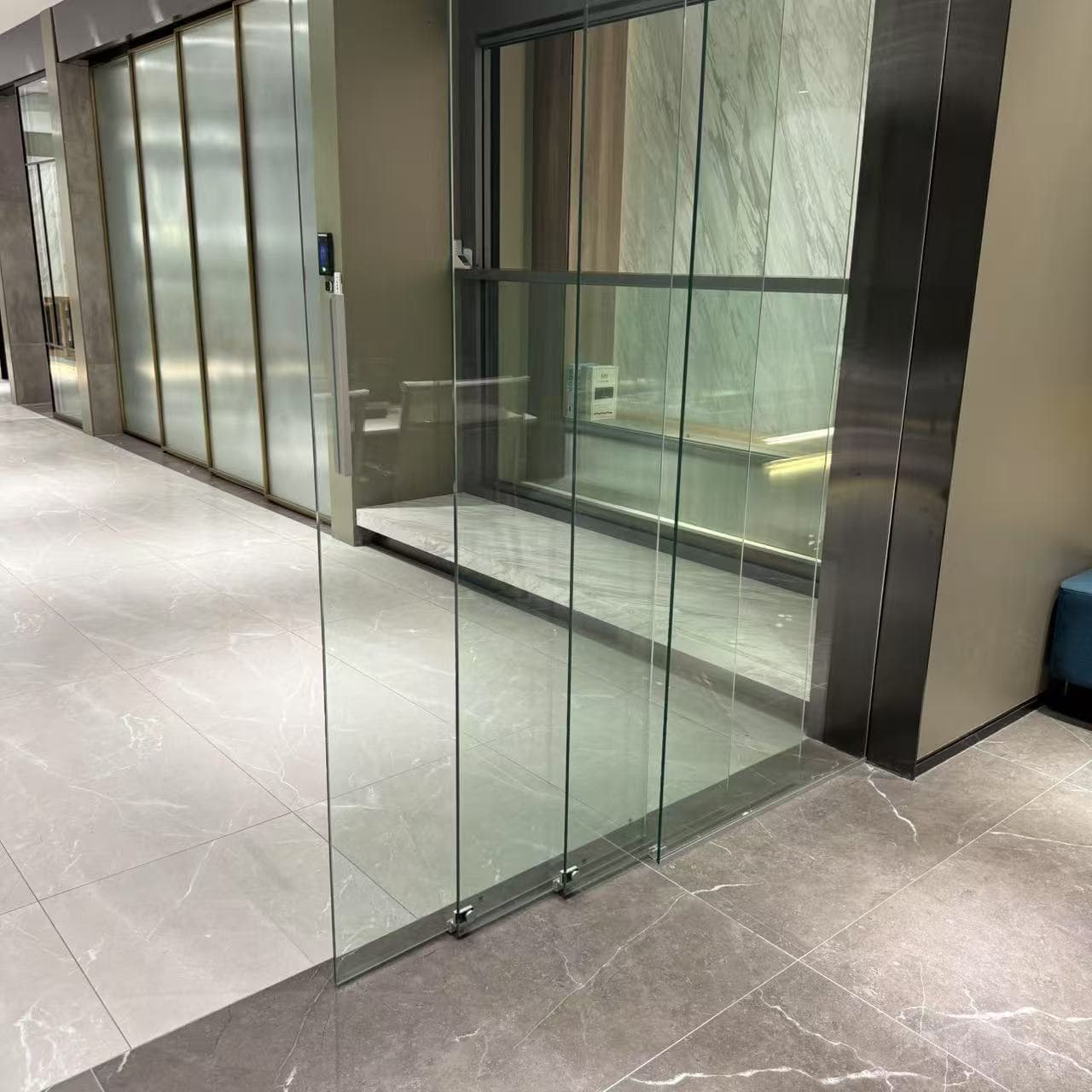
Types of Frameless Glass Sliding Doors
Frameless glass sliding doors come in a variety of types, each designed to meet specific needs and applications. Understanding the different types can help you choose the right door for your space. Here are some of the most common types of frameless glass sliding doors:
1. Single Panel Sliding Doors
Single panel sliding doors consist of one large glass panel that slides horizontally along a track. These doors are ideal for smaller spaces, such as closets or bathrooms, where a simple and space-saving solution is needed. They can be customized with different types of glass, such as tempered, laminated, or frosted, to enhance privacy and safety.
2. Bi-Fold Sliding Doors
Bi-fold sliding doors consist of multiple glass panels that are hinged together and fold in on themselves when opened. This type of door is ideal for creating a seamless transition between indoor and outdoor spaces, such as between a living room and a patio or balcony. The folding mechanism allows for a compact fold when the door is open, maximizing the use of space.
3. Multi-Panel Sliding Doors
Multi-panel sliding doors consist of several glass panels that slide horizontally along a track. These doors can be configured to open in different ways, such as one panel sliding to the side while the others remain fixed, or multiple panels sliding to create a wide opening. Multi-panel sliding doors are ideal for creating a sense of openness in larger spaces, such as living rooms or commercial lobbies.
4. Pocket Sliding Doors
Pocket sliding doors are a type of multi-panel sliding door that disappears entirely into a pocket in the wall when opened. This creates a seamless and uninterrupted space, making them ideal for small apartments or rooms where maximizing space is essential. Pocket sliding doors require a recess in the wall to accommodate the panels when they are closed, which must be considered during the planning and installation process.
5. Glass Balustrade Sliding Doors
Glass balustrade sliding doors combine the functionality of a sliding door with the aesthetic appeal of a glass balustrade. These doors are often used in staircases, mezzanines, or elevated platforms to create a sense of openness while maintaining safety. The glass panels are typically tempered or laminated to provide strength and safety, and the balustrade design can be customized to match the overall decor of the space.
Advantages and Challenges
Advantages
-
Aesthetic Appeal: Frameless glass sliding doors offer a clean, modern aesthetic that can enhance the overall look of any space. The transparency of the glass allows natural light to flood the interior, creating a bright and airy atmosphere.
-
Space-Saving: The horizontal sliding mechanism of these doors is ideal for small spaces, as it does not require the same amount of room as traditional hinged doors.
-
Energy Efficiency: Frameless glass sliding doors can be equipped with double or triple glazing and Low-E glass, providing excellent thermal insulation and reducing heating and cooling costs.
-
Sound Insulation: High-quality glass and tight-sealing mechanisms provide excellent sound insulation, making these doors ideal for reducing noise in busy urban areas or open-plan spaces.
-
Customizability: Frameless glass sliding doors can be customized in various shapes, sizes, and configurations, as well as with different types of glass and finishes, to meet the specific needs of a space.
Challenges
-
Cost: Frameless glass sliding doors can be more expensive than traditional doors due to the high-quality materials and precise installation required.
-
Maintenance: While relatively low-maintenance, frameless glass sliding doors require regular cleaning and inspection to ensure they function properly and maintain their aesthetic appeal.
-
Installation: Proper installation is critical to the performance and longevity of frameless glass sliding doors. It is essential to hire experienced professionals to ensure a smooth and accurate installation.
-
Safety: While tempered and laminated glass provides a high level of safety, it is still important to consider additional safety features, such as soft-close mechanisms and anti-pinch sensors, to prevent accidents.
-
Durability: While frameless glass sliding doors are designed to be durable, they can be susceptible to damage if not handled properly. It is essential to follow the manufacturer's guidelines for care and maintenance to ensure the door's longevity.
Conclusion
Frameless glass sliding doors are a versatile and stylish solution for modern living and working spaces. With their sleek design, space-saving functionality, and energy-efficient properties, they offer a range of benefits that make them a popular choice for both residential and commercial applications. However, it is essential to consider the challenges and requirements associated with these doors, such as cost, maintenance, and installation, to ensure they meet your needs and provide long-term satisfaction.
By understanding the different types of frameless glass sliding doors, their advantages and challenges, and the importance of proper installation and maintenance, you can make an informed decision about whether these doors are the right choice for your space. With the right design and care, frameless glass sliding doors can transform your environment, creating a sense of openness, light, and elegance that enhances your daily life.
Whether you are looking to connect your indoor and outdoor spaces, maximize the use of a small area, or simply add a touch of modern elegance to your home or office, frameless glass sliding doors offer a timeless and practical solution. Embrace the beauty and functionality of these doors, and experience the difference they can make in your space.





 Home
Home May 16,2025
May 16,2025 
 What Are Electric Glass Sliding Doors?
What Are Electric Glass Sliding Doors? 
 Feb 27,2025
Feb 27,2025 
